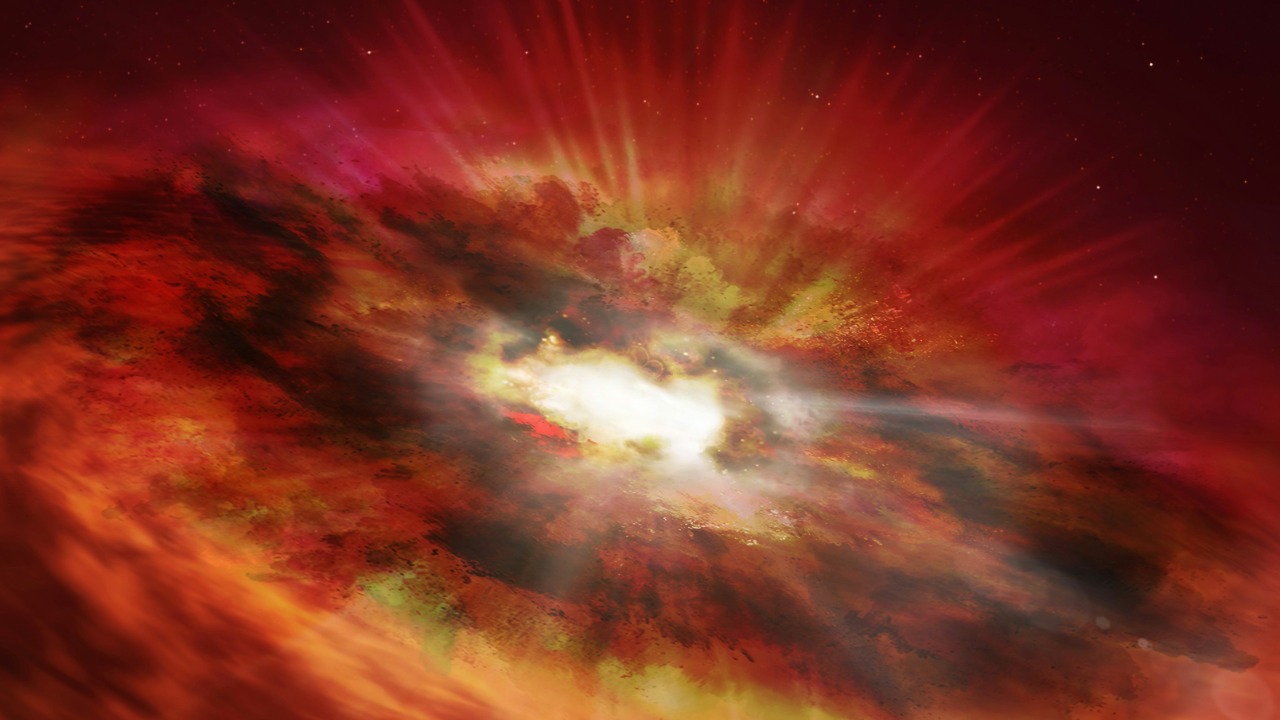
Astronomers have recently detected an astronomical event that defies previous understanding: a powerful burst of energy far stronger than anything emitted by our sun. This discovery could revolutionize our comprehension of cosmic phenomena and challenge existing astronomical theories.
The Phenomenon Unveiled
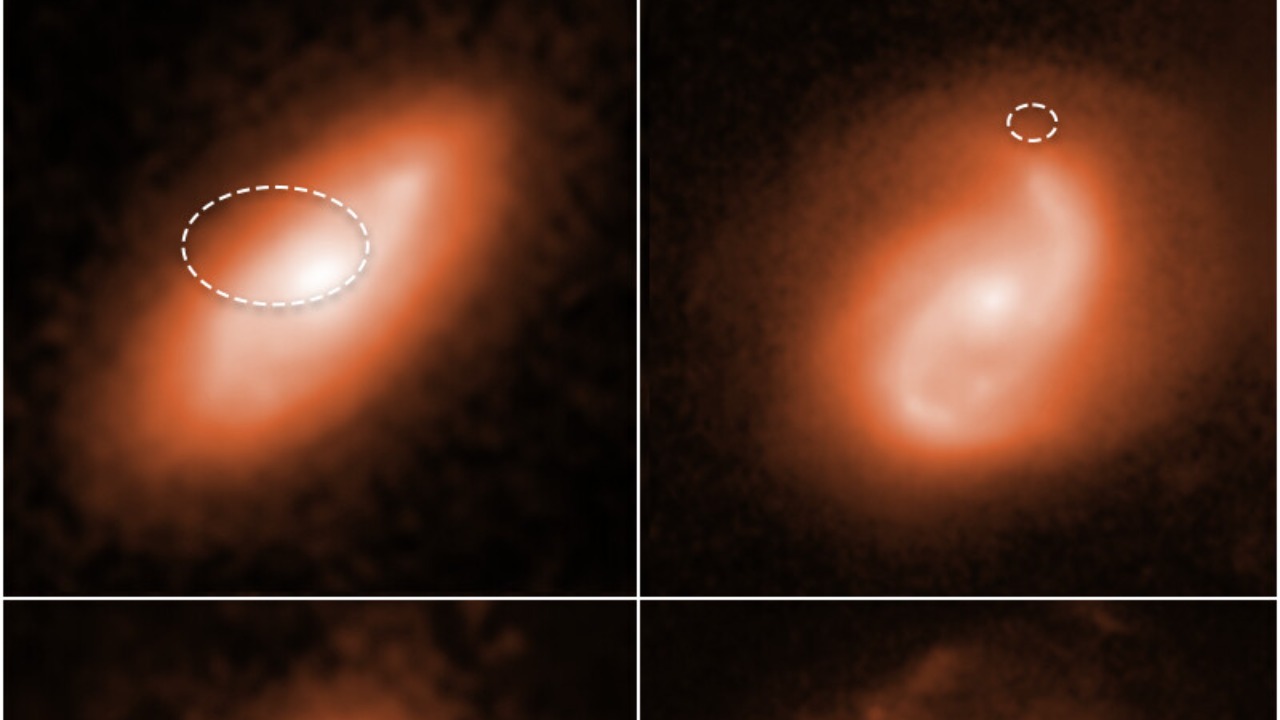
In March 2025, astronomers detected an extraordinarily bright and nearby fast radio burst (FRB) named RBFLOAT. This event released more energy in mere milliseconds than our sun produces in four days. Utilizing advanced radio telescopes, scientists observed this phenomenon, marking it as the closest and brightest non-repeating FRB ever recorded. The detection of RBFLOAT has opened new avenues for understanding the mysterious origins of such powerful cosmic events.
When compared to the solar emissions we are familiar with, the magnitude of RBFLOAT is staggering. While our sun continuously emits energy, the concentrated output from RBFLOAT during its brief existence was overwhelmingly more potent. This stark contrast to solar emissions highlights the need to reassess our understanding of energy scales in the universe. Prior to this discovery, scientists believed that the most powerful bursts of energy were still within a certain limit, but RBFLOAT challenges these boundaries.
Previously, theoretical models suggested that such bursts might occur under rare conditions, possibly linked to the collapse of massive stars or the merging of neutron stars. However, the unprecedented power of RBFLOAT suggests that there might be additional mechanisms at play. As researchers delve deeper into this anomaly, they may uncover new insights into the lifecycle of stars and the dynamics of the universe.
Gamma-Ray Bursts and Their Implications
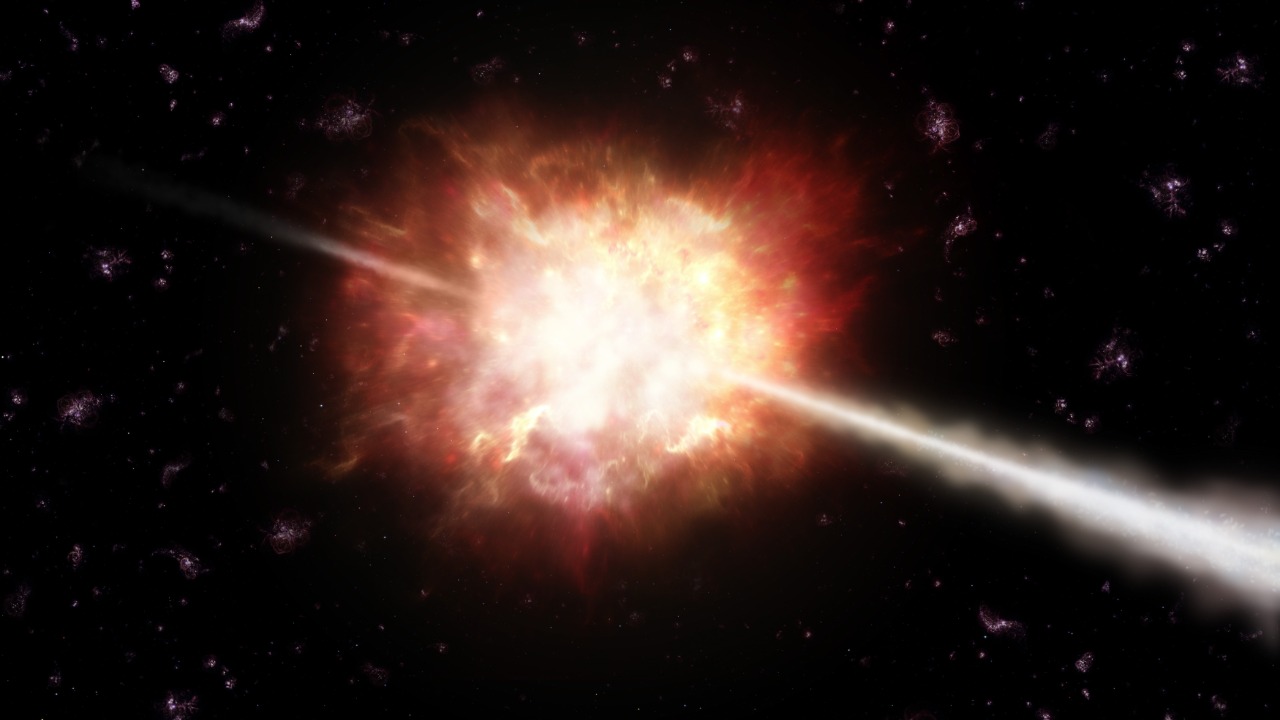
Gamma-ray bursts (GRBs) are among the most energetic events known in the universe. These intense bursts of gamma radiation are believed to result from cataclysmic events such as supernovae or the collision of neutron stars. The significance of GRBs in astronomy cannot be overstated, as they provide crucial information about the most extreme environments in the cosmos. For more on GRBs, you can visit Wikipedia’s page on Gamma-ray bursts.
Historically, notable occurrences of GRBs have reshaped our scientific understanding. For instance, the discovery of a GRB in 1997 marked the first time astronomers could trace a burst back to its host galaxy, providing insights into its origins. Such discoveries have revolutionized our approach to studying the universe, challenging existing theories and prompting the development of new models.
The implications of detecting a burst like RBFLOAT are profound. It prompts astrophysicists to reconsider the potential sources and mechanisms behind these bursts. Understanding these powerful events could refine current theoretical frameworks and inspire new research directions, potentially leading to breakthroughs in our grasp of cosmic phenomena.
The Role of Exoplanets in Stellar Activity
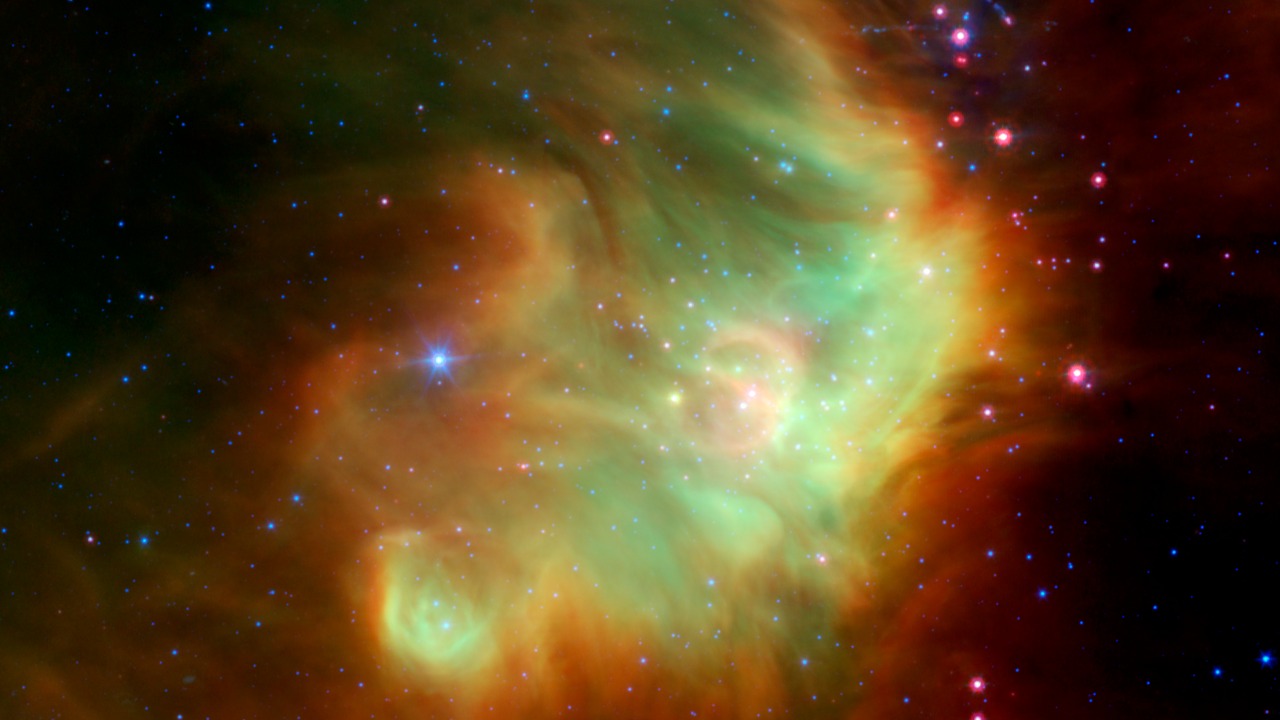
Recent findings suggest that exoplanets, the planets beyond our solar system, can significantly influence the activity of their host stars. In some cases, gravitational interactions or magnetic forces exerted by these planets can trigger energetic stellar phenomena. An intriguing example can be found in a study where astronomers observed a planet causing its star to constantly explode, a phenomenon detailed here.
Notable case studies have demonstrated how exoplanets can induce stellar flares or even alter the rotational dynamics of their stars. For instance, the interaction between a massive exoplanet and its host star can lead to increased magnetic activity, resulting in detectable changes in stellar emissions. These interactions are key to understanding the broader picture of stellar evolution and activity.
Looking forward, astronomers plan to deepen their exploration of the relationship between exoplanets and stellar activity. Future research aims to determine the extent of these interactions and how they might contribute to phenomena like RBFLOAT. By studying these cosmic relationships, scientists hope to unlock further mysteries of the universe.
Technological Advances in Astronomy
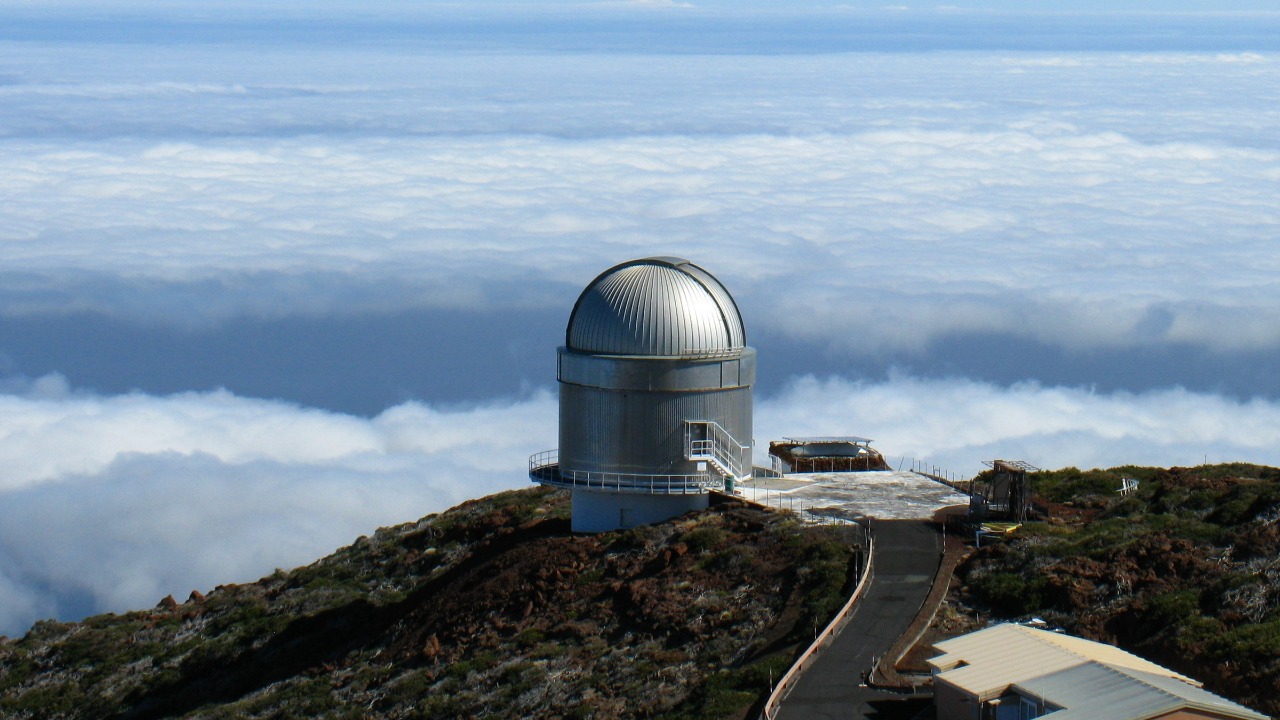
The evolution of observational tools has been pivotal in detecting powerful bursts like RBFLOAT. Over the past decades, advancements in radio and optical telescopes have significantly enhanced our ability to observe distant cosmic events with greater precision. The integration of cutting-edge technology, such as artificial intelligence and machine learning, has further optimized data analysis and detection capabilities. For an in-depth review of technological progress in astronomy, you may refer to this article.
International collaborations have played a crucial role in making groundbreaking astronomical discoveries. By pooling resources and expertise, researchers from around the world have been able to conduct more comprehensive and large-scale studies. This global cooperation is essential for advancing our understanding of complex cosmic phenomena and pushing the boundaries of what is possible in space exploration.
As we look to the future, anticipated innovations in observational technology promise to further enhance our capabilities. Developments in space-based telescopes and next-generation radio arrays are expected to provide unprecedented insights into the universe. These tools will not only help in detecting more events like RBFLOAT but also deepen our overall comprehension of the cosmos.
Broader Implications for Science and Society

The discovery of RBFLOAT is reshaping current scientific discourse and research priorities within the astronomical community. It challenges existing models and theories, prompting scientists to revisit their understanding of cosmic phenomena. This discovery underscores the dynamic nature of science, where new findings continually refine and expand our knowledge. For a comprehensive understanding of the impact of such discoveries, you can explore an academic perspective here.
Such groundbreaking discoveries also present significant educational and public engagement opportunities. They capture the imagination of the public, inspiring interest in space science and astronomy. Educational institutions can leverage these discoveries to enhance curricula, fostering a new generation of scientists and researchers passionate about exploring the universe.
In the long term, understanding these powerful bursts could significantly influence humanity’s quest to comprehend the universe. As we continue to unravel these cosmic mysteries, we take steps closer to answering fundamental questions about the nature of the universe and our place within it. These explorations not only enrich our scientific understanding but also deepen our appreciation for the vast, complex cosmos we inhabit.